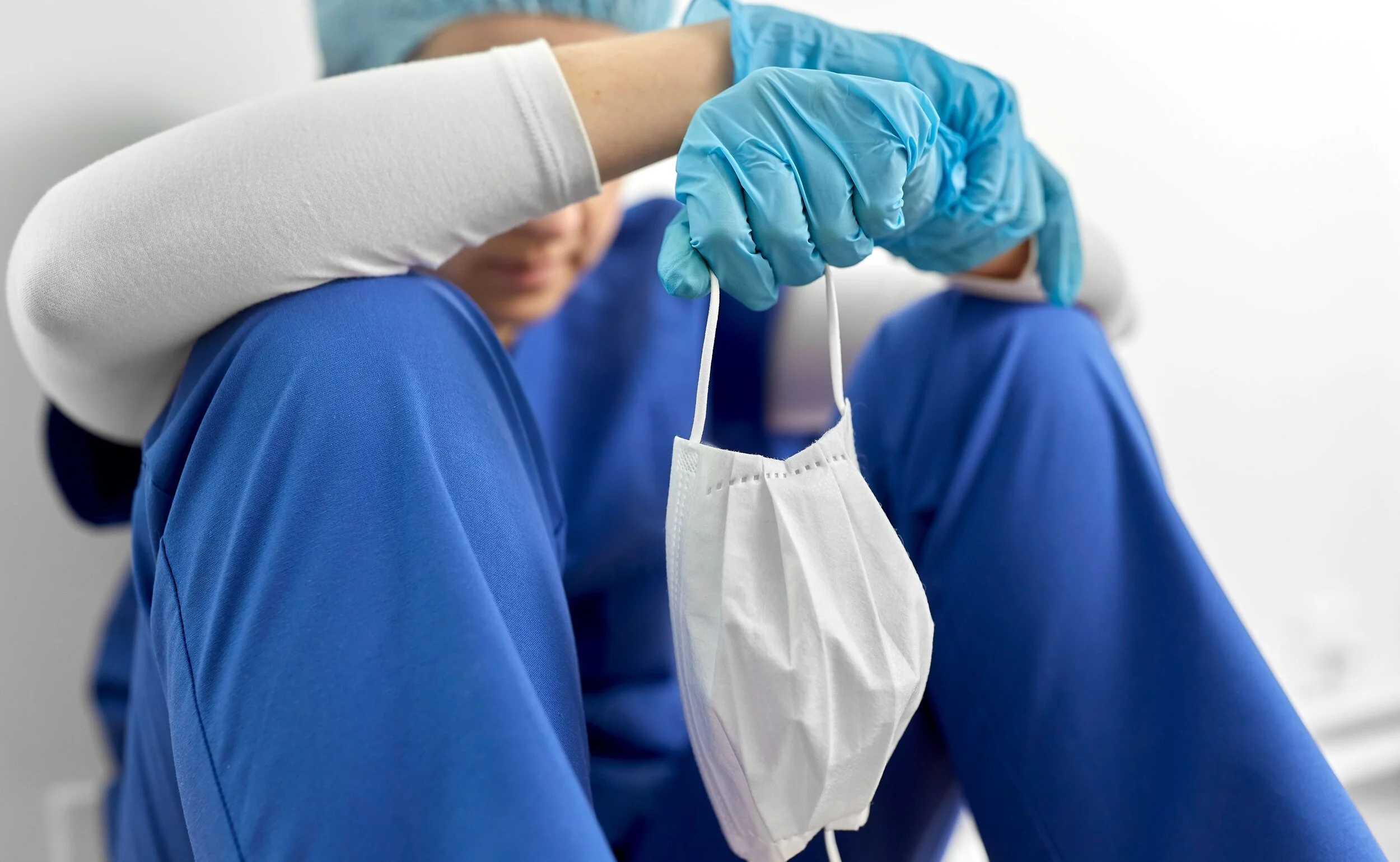Each of us is unique. Let us think highly of one another.
It was an ordinary day for most of us on September 11, 2001. I was on duty at the Philippine General Hospital, where I had my residency training in Family and Community Medicine. At around 8 in the evening, I saw a video clip on TV showing a plane crashing into one of the towers of the World Trade Center in New York. I thought it was a movie trailer. It was not. It was reality.
Today, I am reminded of the impact this terrorist attack had not only on those who were at the scene, but for the whole human race. Some responded with fear, living with possibility of dying while inside a tall building. Others let discrimination build inside them, eyeing bearded colleagues as potential terrorists who should not be given access to any public domain. Past exposures carry a lot of weight on how we behave in the future. And the specter of death grazes our consciousness whenever we lose friends or loved ones in unexpected circumstances.
Why does disaster carry this much influence on our thoughts? It is because we are all, in one way or another, afraid of uncertainty, especially death.
When we are young, we live like we are immortal. We shrug off physical pain easily. We recover from illness faster. But when we hit old age, the reality of leaving this world sinks in. Even then, I have seen people who could never accept that they will die soon. They bargain. They beg. They petition the heavens. Losing all their ideas, thoughts, and emotions is an unbearable undertaking.
Who among those in that tower ever thought that it would be their last day on earth? Sadly, no one was able to tell. Can we predict when we will leave this planet? Unless one is suicidal, nobody can. The terrorists on the hijacked plane were probably the only ones who were ready. But then again, we could argue that they had distorted views on life and eternity.
Do we now have respect for the human race? Do we still discriminate? Are our perceptions still clouded by our differences in culture, speech, and traditions? These biases are the ones that carried hatred and brought about the ensuing carnage. In one way or the other, have we learned to treat everyone with respect and dignity?
The attitude and air or superiority, and the feeling of being bullied and subdued, elicits the kind of hatred that costs human lives. It may start within families. It can escalate between neighbors. It then brews within communities. Finally, it explodes between races.
Let us put a stop to these harmful human tendencies. It spreads easily, and when it attains its boiling point, the only way for it to cool down is to annihilate everyone in its path. Everybody may eventually be harmed once the bullied child gets into a position of power and influence. You may win the war now, but the enemy remembers and takes its time to exact revenge. It is going to be a never-ending cycle of hatred. Unless someone takes away the oxygen and says “let’s stop this inferno.”
We only live once. We will all leave this world. But when we do, let’s leave a legacy that will foster love and respect for each other’s differences. It will not just sustain us. It will keep us rational and sane. And hopefully, those that remain get to pass it on and improve along the journey.
Whatever good we can do today will extend to future generations. The only way to end the 911 attacks is to nourish and nurture the art of respect.






















